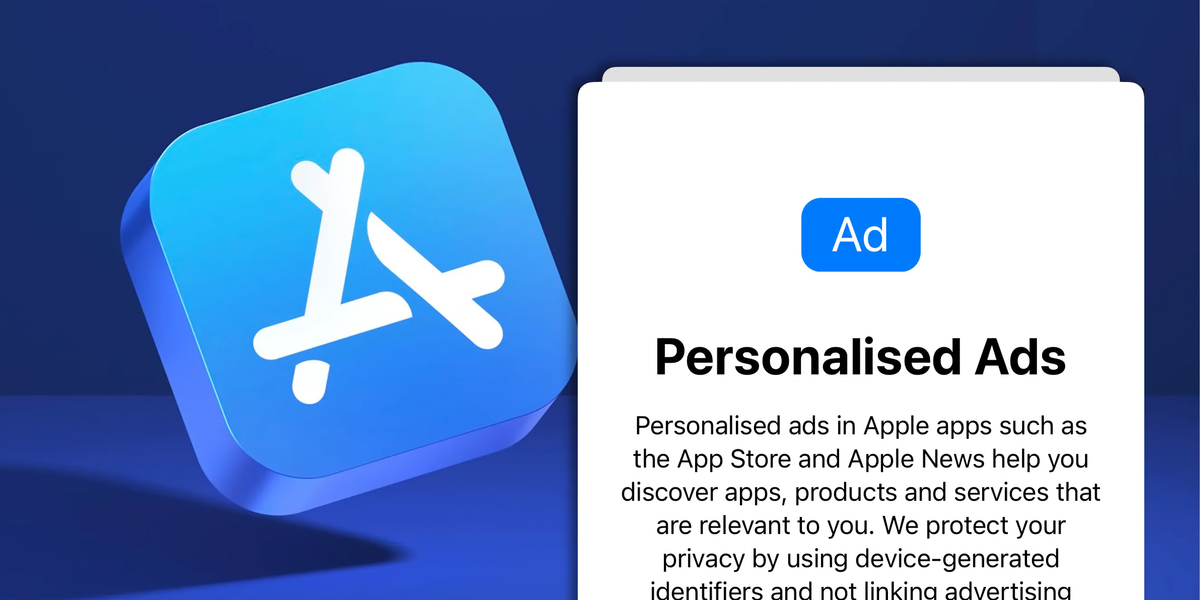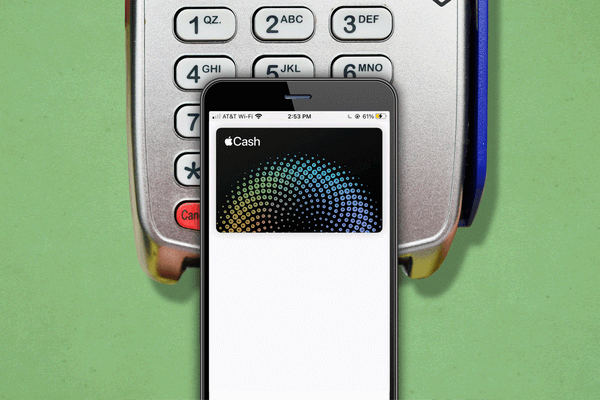Privacy Settings: Level Up Your Digital Defence

With the world going completely digital now, it's easier than ever for companies to track you, learn about you, and potentially sell your data. But there are a couple of things you can do to avoid your information from being used and sold to tech firms.
Firstly, let's understand how this all fits together in the bigger picture. All the tech products you access track every move you make. Apps and other services capture the smallest imaginable data points, like how often you click on a button in an app, how often you open a specific section, and practically everything you can imagine. This data is then consolidated, and some of it is used to improve the tech services you use. While some of it is stored under a special identifier that's unique to you, this data is then used to show you "personalised advertisements.”
So, in simpler terms, personalised ads are like the friend who remembers your birthday, only in this case, it's not because they genuinely care, but because they need something from you.
Personalised Ads use cookies and tracking pixels to monitor your every move online. They analyse your clicks, searches, and the time you spend on various websites, creating a digital fingerprint that's as unique as your taste in memes.
Even emails, in fact, this very email you are reading, I can see when you opened it, when you accessed my website, what time, your general location, and the browser you used. Imagine if an individual like me can track these data points, what larger corporations like Google can do.
Now for the crucial question: how can you prevent these companies from accessing your data? There are two main companies that have access to your data, both of them making the software your phone uses: Google and Apple.
Google is essentially the biggest threat because not only do they control your mobile devices but also manage your search data and, in most cases, are also your primary email service, so they really know you inside out.
To prevent Google from using your data to show ads, head over to this link: myaccount.google.com. Then, head over to the "Data & Privacy" section on the left. Scroll down and go to "Ad Settings" and turn off "Personalised Ads." This is how the page looks. (The setting is already turned off for me, so it shows the service is unavailable.)

You should also consider automatically deleting your web activity after three months and disabling your location history. All privacy settings for your Google account are located on this page, so I recommend taking 10 minutes to check it out.
Now, with Apple, although they also collect a lot of user data, they take a more privacy-centric approach. To turn off Personalised Ads on your iPhone, open the Settings app. Scroll down to Privacy & Security, then tap on Apple Advertising. Finally, switch off Personalised Ads.

Similar to Google, the Privacy & Security page on Apple devices has several privacy settings worth considering to regain control of your data. I recommend visiting this page and completely disabling "Tracking" to prevent apps from accessing any of your user data while you're using your iPhone. I also encourage you to explore other settings on this page.
In addition to the settings mentioned, consider checking out these web pages for even more privacy-related features:
So, there you have it – the definitive guide to preventing your data from being used to influence your decisions. Remember, it's your data, so be proactive and take control by turning off those settings!
Until next time, keep your devices updated and stay mindful of your digital footprint.




